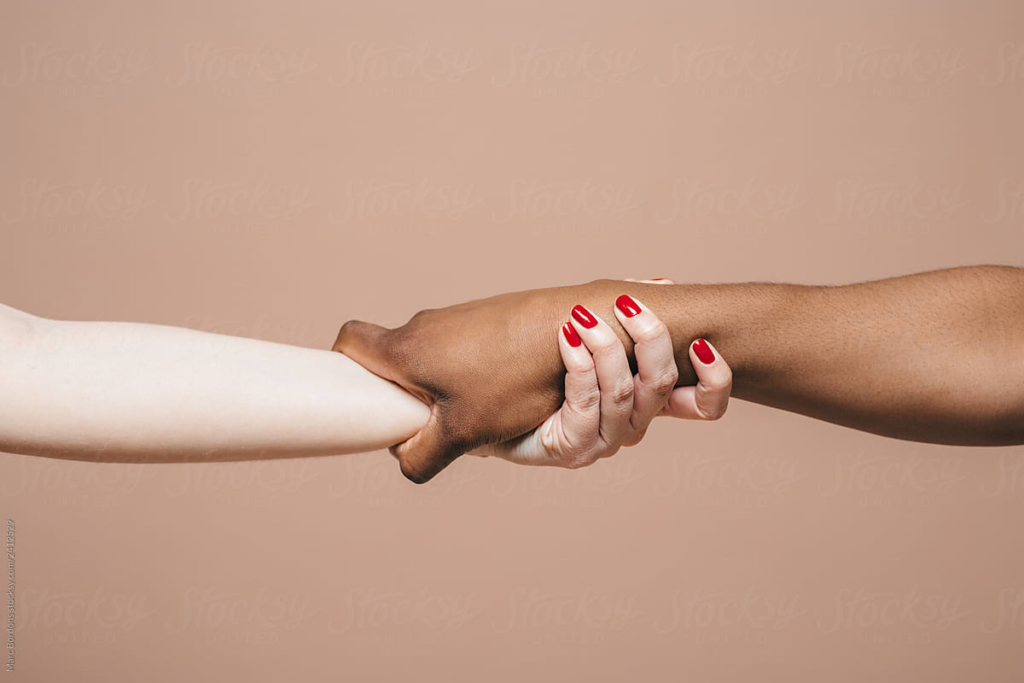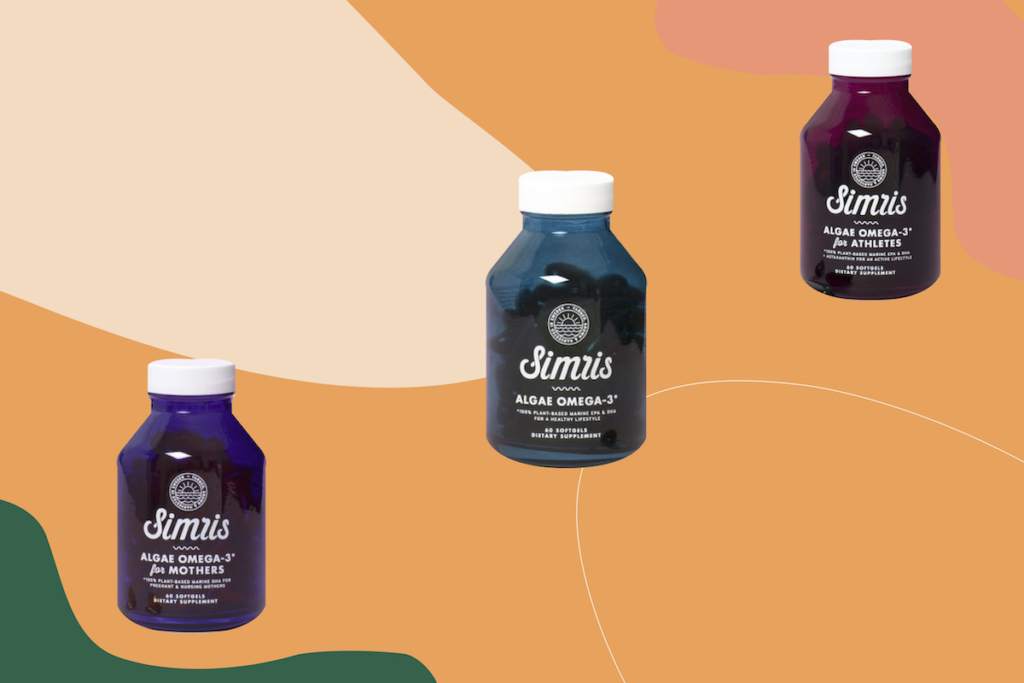
The beauty industry is no stranger to backlash on representation and race. This past summer created a massive shift in dialogue and uprising for accountability of brands. For the first time it was not a discussion of products being taken off shelves – like skin whitening creams – but a spotlight on who is being casted in campaigns, the number of black employees in corporate, in executive level roles, amongst other measures.
Sharon Chuter, the founder of Los Angeles-based Uoma Beauty, launched her 72-hour Pull Up or Shut Up campaign, challenging brands to pull back the curtain of their black squares and educational resources posts – and share with the world their policies on race equality in the workplace. For the first time, consumers had the chance to glance at the cold, hard truth.
Unsurprisingly and overwhelmingly, many brands fell short. But they promised to do better. To do more. It’s January now, coming off of one of the highest sales months of the year, and just around 7 months since the killing of George Floyd, when the country was overtaken with grief, and individuals began to face deep-rooted racism across industries. Chuters’ campaign evolved into @pullupforchange, a direct action movement in the form of an instagram account, fighting for economic opportunities for black people around the world. In November, the account shared a post highlighting a study from Eyecue Insights, calling out “Beauty Brands Are Already Diminishing Representation Efforts”.
Eyecue Insights, a social media analytics platform based on artificial intelligence, shared their study of an AI analysis of 70 beauty brands Instagram feeds. They captured the representation efforts that were adopted in June at the height of the Black Lives Matter movement compared to now, which has diminished to pre June-levels. Across the board, the data presented suggested an underrepresentation of dark skin tones in most beauty brands’ social media visuals.
The report, The State of Visual Diversity and Inclusion in the Beauty Industry was conducted using Eyecue’s proprietary image recognition technology and skin tone algorithms. The goal was to “determine the state and evolution of visual diversity in the beauty industry in the context of the latest Black Lives Matter protests,” according to the study.
As months went on after the killing of George Floyd, social media conversations died down, protests diminished, and the number of social media posts reflecting diverse individuals stopped.
Eyecue’s AI technology analyzed over 155K images from 2018 through October 2020 posted on 70+ beauty brands’ Instagram feeds in the makeup and skincare industries. “It identified at least one skin tone on 60K portrait and 19k closeup types of images, representing 50% of all of the content.” Once a skin tone was detected, their technology processed the image and a proprietary algorithm determined which of six shades the skin tone fell into: 2 light, 2 medium and 2 dark, based on the Fitzpatrick scale.
The study found that dark skin tones (5 & 6) show up in only 13% of portrait and 8% of closeup images, in comparison to light skin tones (1 & 2) that show up on average in 48% of all images.
When it comes to the user generated content (UGC) analysis and influencer content, the underrepresentation also raises red flags. For UGC it is 16% (dark) vs 43% (light) in portrait, and 5% (dark) vs 52% (light) in closeups. The difference is evident in influencer content, 11% vs 45% in portrait and 5% vs 41% in closeup images.
The biggest takeaway of the report? It builds the best case against brands who are and are not committed to putting in the work on diversifying.
Influencers have become our source of product recommendations, radical agendas, leaders in racial conversations and our rhyme & reason during the pandemic. So Eyecue’s report was nothing less than shocking when it came to the influencer numbers.
MagicLinks, an innovative tech company and the global leader in social commerce for social media influencers and the world’s leading brands, has subsequent data from their influencer network. When it comes to all things influencing, MagicLinks reigns supreme as the expert. Moreover, their Diversity, Equity and Inclusion team has been on the forefront of casting diverse talent and spearheading initiatives to improve and diversify the campaigns of their network of brands’ casting ways.
“For us, Black Lives Matter wasn’t just a trending topic in June. There’s so much work to be done here both as an organization and within our industry at large. In an age where young minds spend more time on Youtube, TikTok, and Instagram than watching television, empowering diverse content creators is equally as important as casting strong BIPOC leads for film & TV,” said Bryan Mirabal, MagicLinks Diversity, Equity & Inclusion lead.
And the proof is in their team’s work. In June, MagicLinks implemented a 30% minimum diversity casting requirement amongst all sponsored campaigns and developed innovative strategies to onboard Black-owned businesses that are too often priced out in the influencer economy. As a result of the policy, brands like Sephora are more frequently partnering with diverse talent and seeing fantastic results. This past fall, popular Black beauty influencer, Andrea Renee, arose as one of the top-sales driving individuals in back-to-back campaigns for the brand with a 10:1 return on ad spend.
The proof is there: showcasing diverse leaders and creators is not only critical for representing all people, but also helps beauty brands reach their bottom-line goals. Change is slowly happening across the industry with companies like MagicLinks and Eyecue leading the way. What will it take for the rest of the pack to show all people equally?

